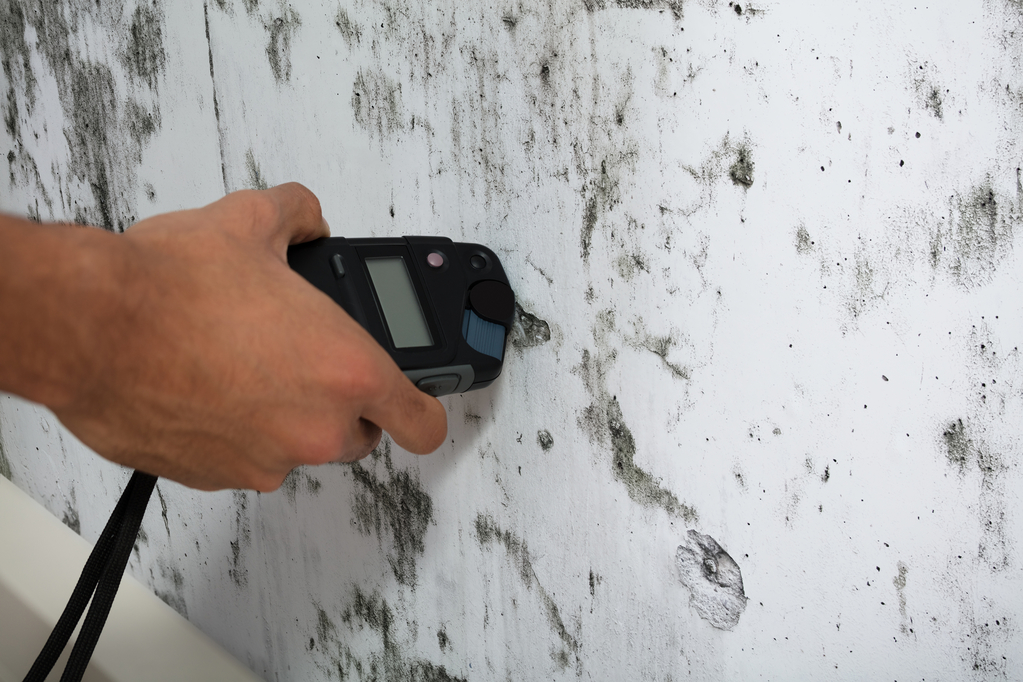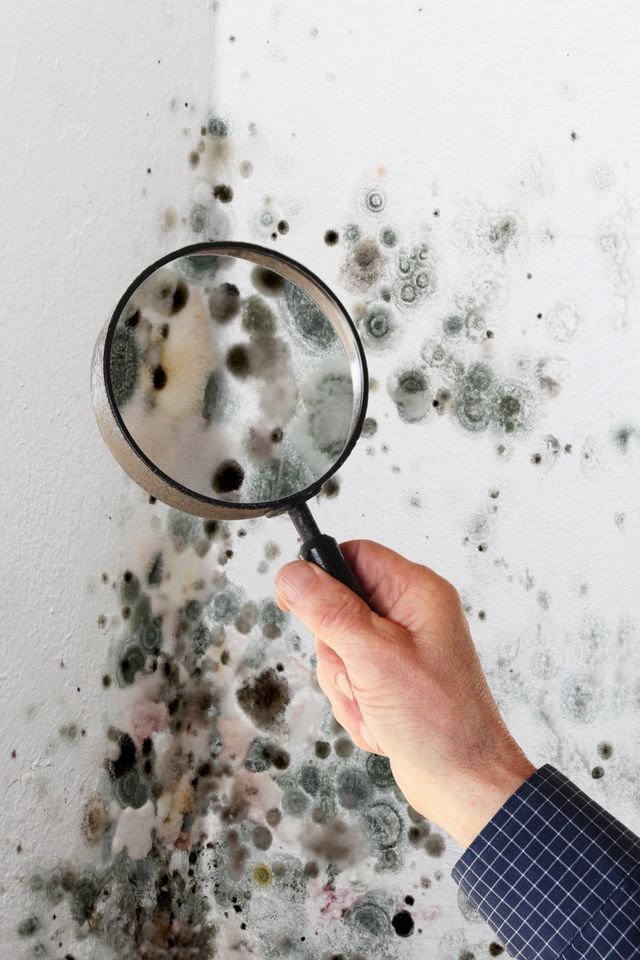After Mold Remediation Methods for Tidy Spaces
Wiki Article
Effective Blog Post Mold And Mildew Remediation Solutions for Your Home
Mold growth in homes can be a consistent problem, usually calling for an organized approach for efficient post-remediation solutions. From comprehending the elements that add to mold development to implementing appropriate cleaning methods and moisture control measures, the process can be complex yet important for maintaining a healthy and balanced living setting. Post Remediation verification.Recognizing Mold And Mildew Growth Factors
The main variable contributing to mold development is wetness. Mold spores call for moisture to sprout and thrive, making damp or moist settings highly prone to mold invasions.
In addition, airflow and light direct exposure can influence mold and mildew development. Locations that lack proper ventilation and all-natural light are extra vulnerable to mold and mildew growth. By addressing these elements adequately, people can efficiently mitigate mold and mildew development and guard their living environments.
Proper Mold And Mildew Cleaning Techniques
Utilizing effective cleaning approaches is necessary in resolving and preventing the reappearance of mold and mildew contamination in interior environments. The very first step in proper mold and mildew cleansing is to contain the affected area to stop the spread of spores to unpolluted locations.
Applying Moisture Control Steps
To efficiently stop mold growth and contamination in interior environments, implementing dampness control procedures is critical. Moisture is the main aspect that fuels mold development, making it vital to handle moisture degrees within the home. One efficient procedure is to utilize dehumidifiers to preserve interior moisture levels listed below 60%. Additionally, making sure correct ventilation in locations susceptible to moisture build-up, such as restrooms and kitchens, can assist decrease the danger of mold and mildew growth. my link On a regular basis evaluating and repairing any type of leaks in plumbing, roofs, or windows is likewise necessary in preventing excess dampness build-up. Utilizing exhaust fans while cooking or showering, and enabling air blood circulation by maintaining furnishings a little far from walls can assist in wetness control. Utilizing moisture-resistant products in high-humidity locations, such as mold-resistant drywall and paints, can be useful. By faithfully carrying out these wetness control measures, home owners can properly decrease the probability of mold recontamination and preserve a healthy and balanced indoor environment.Making Use Of All-natural Removal Solutions
After effectively carrying out wetness control actions to avoid mold growth in interior environments, house owners can now explore the effectiveness of natural removal solutions in keeping a healthy and balanced space. Natural removal services use eco-friendly methods to fight mold and mildew and mildew, making them a preferred selection for those seeking non-toxic options. One such remedy is making use of vinegar, a natural link antimicrobial representative, to tidy and disinfect surface areas infected by mold and mildew. Merely dilute vinegar with water and spray it onto the impacted locations, allowing it to sit for a couple of hours before wiping tidy. Furthermore, tea tree oil, recognized for its antifungal buildings, can be combined with water and sprayed onto mold-infested surface areas to prevent additional development. An additional natural choice is hydrogen peroxide, which can successfully eliminate mold and mildew on numerous surfaces without leaving hazardous residues behind. By incorporating these all-natural remediation solutions into their cleaning routines, house owners can effectively battle mold development while advertising a much healthier interior setting on their own and their families.
Preserving a Mold-Free Setting
Regularly examining areas prone to mold development, such as shower rooms, attics, kitchen areas, and cellars, is crucial. Correct ventilation in areas with high moisture levels is additionally vital to protecting against mold and mildew growth.In addition, keeping cleanliness in the home is important for mold and mildew avoidance. Maintaining click here for more info interior plants in check and ensuring appropriate drain in outside landscape design can decrease dampness build-up, minimizing the chance of mold infestations.
Conclusion
In verdict, it is essential to resolve mold growth factors, use appropriate cleaning strategies, execute dampness control steps, make use of natural removal options, and maintain a mold-free setting in order to successfully deal with blog post mold removal in your house - testing air quality after mold remediation. By complying with these strategies, you can protect against mold from reoccuring and guarantee a healthy and balanced living atmosphere for you and your family members
The key variable adding to mold and mildew growth is dampness. Mold and mildew spores require wetness to sprout and prosper, making moist or damp environments very susceptible to mold and mildew infestations.To efficiently protect against mold growth and contamination in indoor atmospheres, executing dampness control steps is extremely important. Furthermore, guaranteeing correct ventilation in locations susceptible to moisture buildup, such as washrooms and kitchen areas, can assist reduce the threat of mold and mildew development.After efficiently implementing wetness control actions to protect against mold growth in indoor settings, property owners can now discover the efficiency of all-natural removal services in keeping a healthy and balanced living area.
Report this wiki page